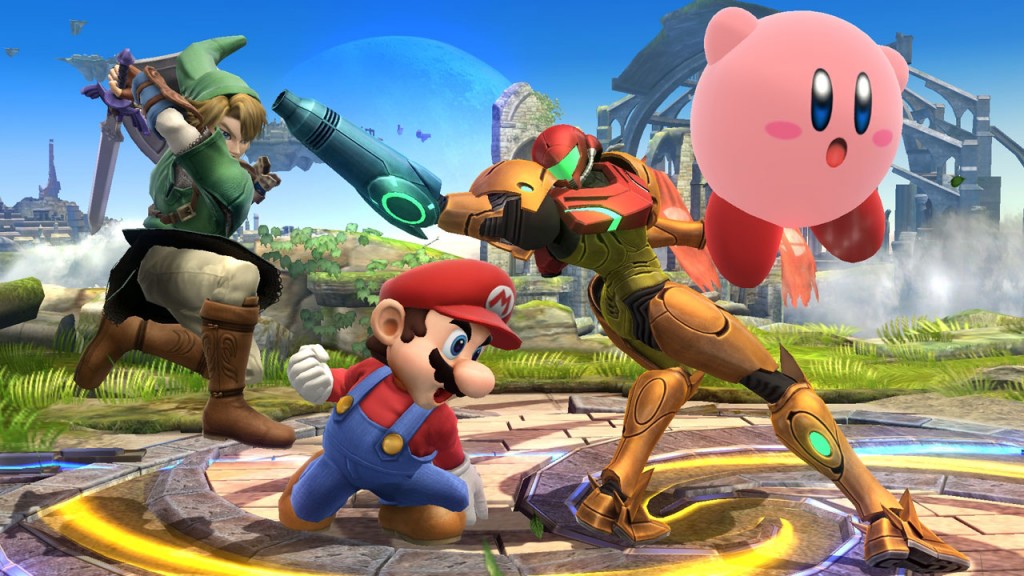
Nintendo’s newest game is, appropriately, a smash. The line outside Nintendo World was comparable only to that of an Apple event. Nintendo, the “underdog” of the console wars, was just hours away from putting out one of the most expected titles of this generation: “Super Smash Bros.” for Nintendo 3DS. Those who played the demo were in awe, while those who didn’t awaited impatiently for what would be a unique experience. The long wait came to an end at midnight. For many, dreams came true. For others, they turned into nightmares.
Within hours, the game was sold out. The Smash party had just begun.
Since its Nintendo 64 release in 1999, “Super Smash Bros.” became a must-have for any video game-lover. The franchise not only introduced Nintendo to a completely new genre; it also helped revive interest in past games and franchises that had been adored in Japan, but neglected in the West. “Super Smash Bros.” made Nintendo the company we know today.
In its latest installment, we get an experience similar to “Brawl,” the previous iteration of the game, but still fresh enough to keep veteran players interested. It’s also the first time “Smash” has been released on a handheld, making it way more attractive to the player on the go (A Wii version is slated for release later this year). Staples like assist trophies and custom moves make a comeback, while new game modes make first appearances.
One of the main selling points is the massive roster, with characters ranging from the classic Link and Mario, to some unexpected additions that still baffle players, like the Duck Hunt dog. This huge variety of characters makes the game more fun when played competitively. However, Masahiro Sakurai, one of the game’s creators, said he was less concerned with balancing out each character’s strengths than he was with giving them a large range of abilities, which makes sense considering how difficult to control and outright weird some of the characters are.
Stages are as varied as the characters, with classics returning and others, like Final Destination, being completely revamped to provide a new gaming experience.
The classic game modes also make a glorious return and new modes make a confusing appearance. Glory Mode is the prime example; nobody seems to know what it’s all about or what on earth is going on, yet, somehow, they keep on playing and enjoying it. Don’t try looking in the manual; you’ll probably end up more confused.
But the 3DS is not a flawless machine and hardware limitations have led to some problems in gameplay.
The main problem experienced by most people has been frame rate drop and lag, sometimes making the game unplayable. Nintendo became aware of this and within hours, Sakurai issued a memo and advised the players to “turn off their cellphones” while playing. As silly and improbable as it sounds, most of the problems were solved by this unorthodox solution. Still, players are expecting Nintendo to give a proper explanation to this situation and address it better, but who knows what they have in mind.
Some characters were split, effectively rendering the old strategies useless. Such is the case of Zelda and Sheik, now separate characters. In earlier versions of the game, players could switch between them during gameplay. If this is indeed a limitation, it’s something that will make players reflect on new strategies and techniques and will add some balance to the game.
So far, the gaming experience, although far from flawless, has been more satisfactory than expected. Downloadable content is to be expected and with it, probably some solutions to the problems most players have faced. This is a fresh new start for a franchise that was still relevant, but in need of a facelift.
The Wii U version is on its way and with it, the Smash experience we are used to. Meanwhile, its little brother for the 3DS does not disappoint.


